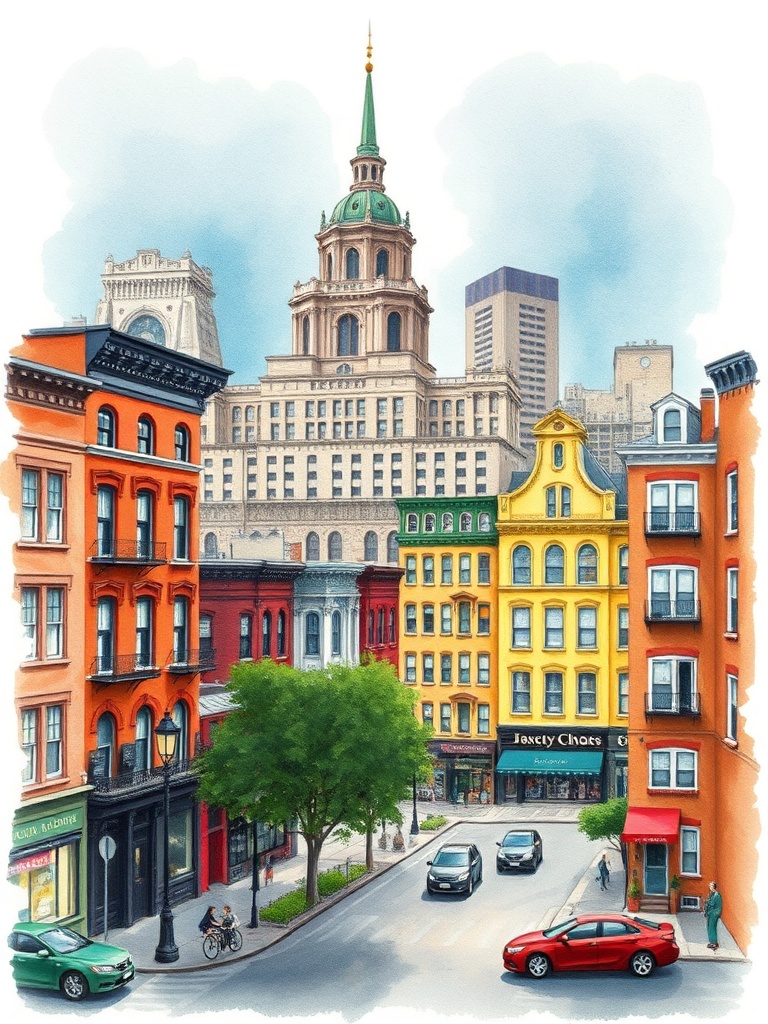Harlem’s energy continues to attract visitors and locals who want a mix of rich history, vibrant culture, and evolving food and arts scenes. Whether you’re planning a first visit or rediscovering familiar streets, Harlem offers a compact neighborhood experience with big-city flavor.
Why Harlem matters
Harlem’s cultural legacy is foundational to modern American music, literature, and visual arts. Landmarks and institutions across the neighborhood celebrate that legacy while nurturing new voices.
The neighborhood’s avenues and brownstone-lined blocks tell a layered story of immigration, community activism, faith, and creativity that still shapes citywide culture.
What to see and do
– Music and performance: Live music venues, community churches with spirited gospel services, and theaters create a constant stream of performances.
Check schedules at famous stages and smaller clubs for jazz, soul, spoken word, and emerging artists.
– Museums and galleries: Contemporary art spaces focused on artists of African descent sit alongside smaller galleries and pop-up exhibitions that spotlight local talent. Rotating shows and artist talks make repeat visits rewarding.
– Food and dining: Harlem’s dining scene ranges from classic soul-food spots to modern restaurants blending global influences with Southern comfort.
Street-side bakeries, coffee shops, and late-night eateries add to a lively culinary tapestry.
– Parks and public spaces: Parks and promenades provide green space for concerts, community gatherings, and casual strolls. Outdoor events, farmers markets, and public art bring neighborhoods to life during warmer months.
– Historic architecture and walking tours: Guided and self-guided tours illuminate Harlem’s architecture, from ornate churches to iconic brownstones and cultural landmarks along major thoroughfares.
Community and change
Harlem has been the focus of investment and development that brings both opportunity and concern. New housing, restaurants, and retail have introduced more amenities, but they also raise questions about affordability and preserving the neighborhood’s cultural identity. Community organizations, preservation advocates, and neighborhood businesses are active in efforts to retain cultural institutions and support long-standing residents. Supporting local businesses, attending community events, and engaging with neighborhood organizations are practical ways visitors and newcomers can contribute positively.
Practical tips
– Plan visits around performances and gallery openings to catch Harlem at its liveliest.
Community calendars and venue websites are good resources for up-to-date schedules.
– Explore on foot whenever possible.

Many cultural hotspots, churches, restaurants, and murals are clustered close together, making walking the best way to discover hidden gems.
– Support small businesses: Buy from neighborhood-owned restaurants, bookstores, and artisans to help the local economy and preserve cultural character.
– Use public transit: Multiple subway and bus lines serve Harlem, making it easy to combine a visit with other parts of the city.
Why return regularly
Harlem’s ongoing projects, rotating exhibitions, live performances, and seasonal events mean each visit can feel new. Whether chasing a storied musical tradition, trying a beloved soul-food restaurant, or discovering an up-and-coming gallery, Harlem rewards curiosity and respect for its history.
For anyone interested in culture, food, and community-driven urban life, Harlem remains a compact, intensely creative neighborhood worth exploring again and again. Plan time to listen, taste, and look closely—Harlem’s layers reveal themselves best to visitors who take them in slowly.